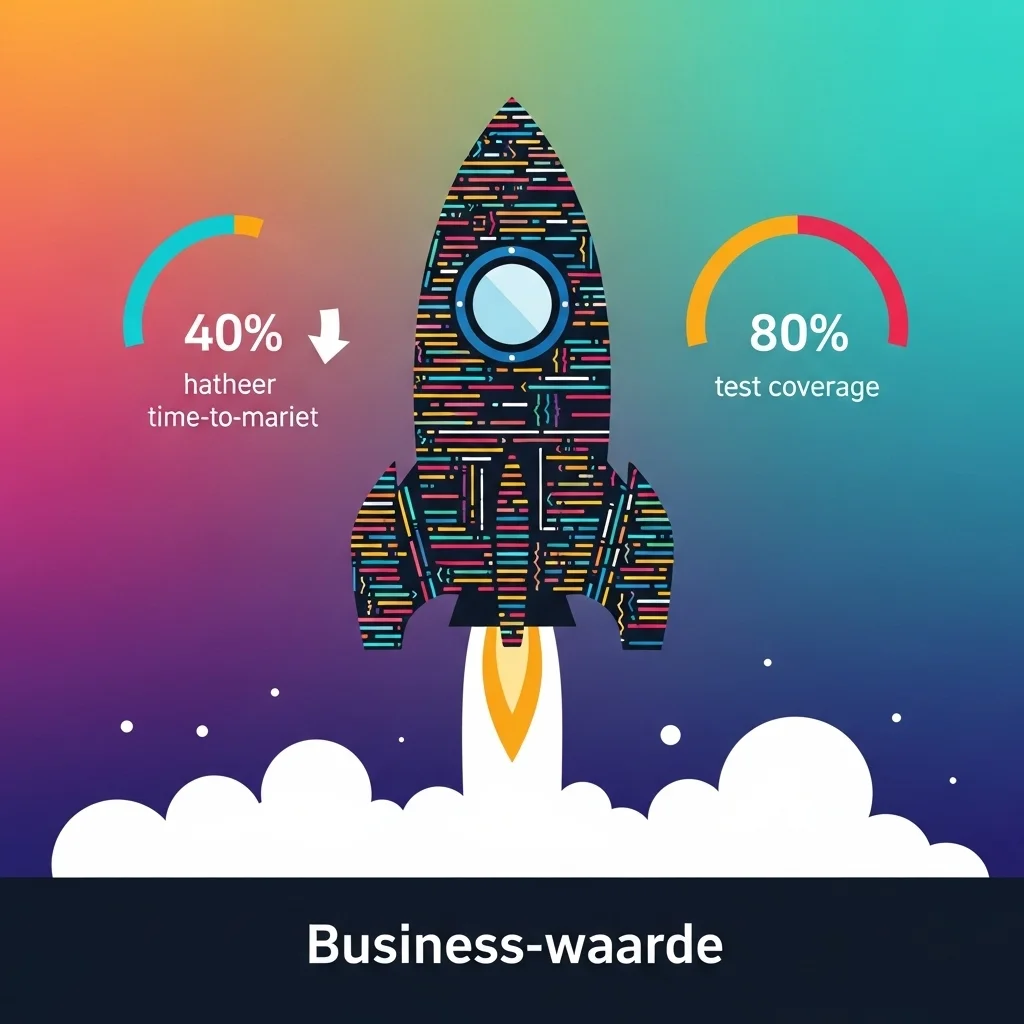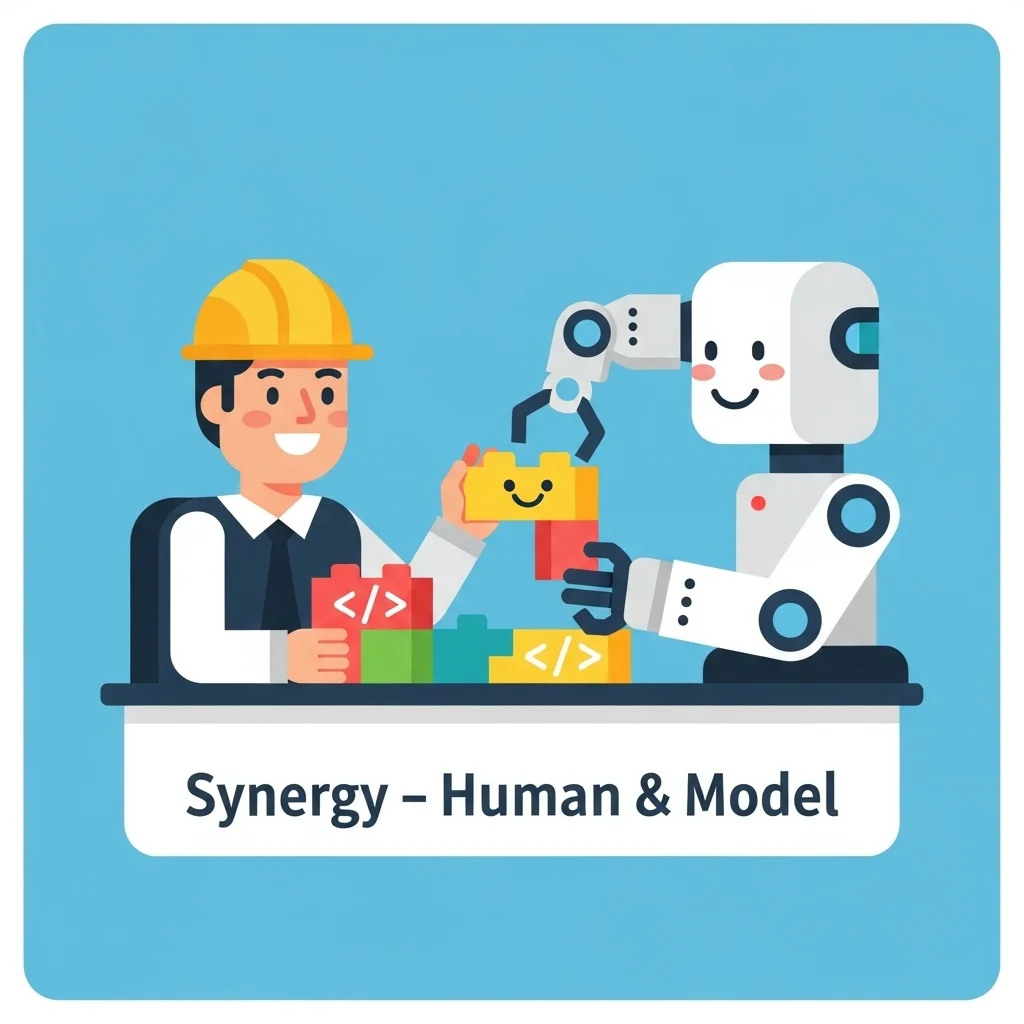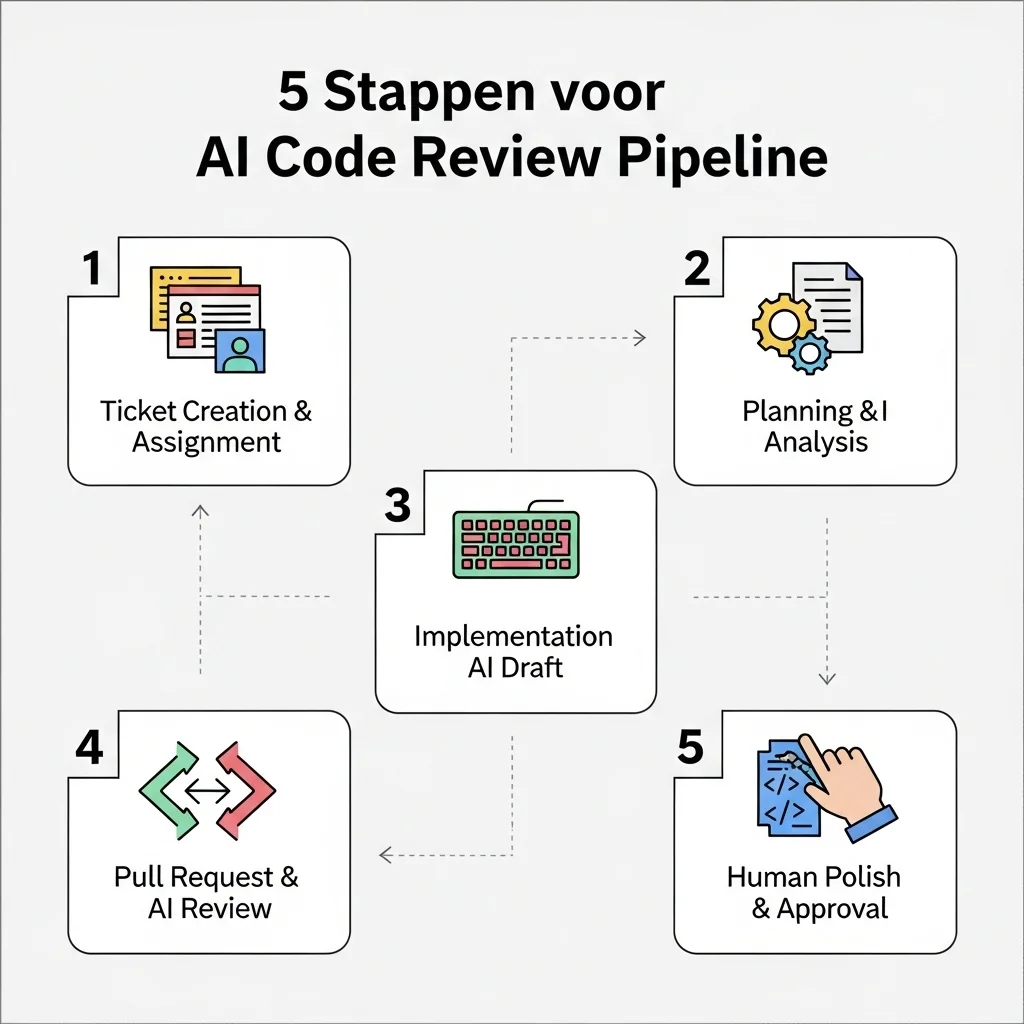AI-driven code generation is no longer science fiction. In this blog I show how we at Spartner use Claude Code every day - from Jira ticket to pull request - and why it lets our developers create more than ever.
How Is AI Changing Our Workflow?
A Personal Observation
I catch myself more and more often sparring with Claude for a few minutes after the daily stand-up before I even open Visual Studio Code. Why? Because in ten minutes the AI hands me a design proposal, a test plan and a first draft of the code.
Key takeaways:
AI now writes more than snippets; it builds complete features.
A clear task description in Jira is crucial for quality.
Engineers stay in charge: we decide architecture, style and merge.
Actionable insight:
Write tickets with user stories, acceptance criteria and edge cases.
Use AI planning mode for architectural sketches.
Review AI-generated code as if you are coaching a junior dev – strict but fair.
Why Does This Work?
Synergy Between Human & Model
Targeted prompts
A ticket that includes context (user story, constraints, test cases) gives the AI a well-defined playground; you don't get spaghetti solutions but consistent modules.
Planning mode first
By letting Claude plan first, we separate design from implementation. Architecture mistakes are spotted 80% faster than when we jump straight into code generation.
Automatic PRs
AI-generated pull requests come with detailed descriptions, inline comments and self-generated unit tests. That shortens review time by an average of 35%.
Human review
Our engineers verify security implications, performance and framework conventions. The AI may swat the bugs, but we sign off.
Step-by-step Plan
Define the ticket
We write the ticket as if we were explaining it to a senior developer. Use Gherkin:
```
Feature: Password reset
Scenario: User requests password reset
Given ...
```
Pro tip: add links to architecture diagrams and style guides.
AI Planning mode
Claude generates a design doc with patterns, database migrations and test strategy.
Pitfall: don't blindly accept an over-engineered proposal; challenge the AI.
AI Implementation
With `code`-role prompts we ask for a concrete file structure, commits and test coverage ≥ 80%.
Pay particular attention here: commit messages must follow SemVer.
AI Pull Request
Claude pushes to a feature branch and opens a PR.
We use GitHub labels — `ai-generated`, `needs-human-review`.
Human Polish
Our developers now focus on nuance: naming, edge-case tests, security.
Then we squash-merge and deploy via CI/CD.
Curious how to weave AI into your flow? Share your experiences in the comments or schedule a virtual coffee — I'd love to talk about your use case. ☕
AI-assisted Coding in Practice
From Whiteboard to Commit Within One Hour
A few weeks ago I got a seemingly simple bug: "export fails on large CSVs". In Jira I added context, the error message, a sample file and the performance budget. Then:
Claude Planning mode proposed a streaming architecture instead of `fgetcsv` loops.
Implementation mode delivered a new Laravel Artisan command and PHPUnit tests.
During the review I asked for memory profiling; the AI then automatically rewrote the test to log peak memory.
Result: bug fix live in 58 minutes, whereas similar issues used to take half a day.
"AI doesn't just speed up typing, it speeds up thinking."
How Does Claude Compare to Gemini Code and Codex?
| Model | Strength | Weakness |
|-------|---------|--------|
| Claude Code 4.0 | Long context window (200k tokens), strong reasoning | Few domain-specific frameworks |
| Gemini Code Ultra | Google ecosystem integration, real-time doc links | Code style still inconsistent |
| Codex 3.5 | Fast autocomplete, broad community support | Context limit, hallucinates tests |
From our benchmarks (Laravel + Vue projects on an M1 Max):
Security & compliance
AI-generated code is only as safe as the prompt. Therefore:
No confidential data in prompts; we mask credentials.
AI PRs go through the same SAST pipeline (SonarQube, Larastan).
For third-party packages the AI checks the SBOM, but we approve manually.
Business Value & Team Dynamics
Developers as Product Architects
What I notice in practice: juniors learn faster. They read high-quality AI code, tweak it and grasp patterns earlier. At the same time the role of seniors shifts: less typing, more orchestrating, reviewing and guarding domain-driven design.
Feature lead time ↓ 30–40% → faster time to market.
More test coverage because the AI eagerly generates tests.
Better documentation: Claude automatically adds JSDoc/PHPDoc blocks.
But watch out for the downside:
Over-reliance on AI can dull creative thinking.
Debounce 'prompt ping-pong'; define clear acceptance criteria before the first generation.
Team energy can drop if engineers become reviewers only. We therefore rotate tasks: everyone still builds things themselves.

Does AI generation cost us GitHub minutes?
From our experience the extra CI time is negligible; the big win is developer time.
How do I prevent the AI from mis-interpreting legacy code?
Include context files (README, ARCHITECTURE.md) in the prompt. Explicitly mark which directories are "legacy only".
Can you use AI without cloud-vendor lock-in?
Yes 🙂. Open-source alternatives such as CodeGeeX run on-prem. Expect lower quality than Claude or Gemini.
Do I own the code if AI writes it?
Under most licence models: yes, the output is yours. Contractually check the model provider for edge cases.
How do I train the AI on our house style?
Provide the style guide, ESLint config and example modules. Request diffs against existing files, not loose files.
Doesn't ChatGPT do the same?
Functionally yes, but Claude Code 4.0 has >10× context and better reasoning chains. We notice this especially with complex service-layer designs.
Can AI fully replace code reviews?
Not yet. AI lacks domain knowledge and ethical considerations. See it as a super-lint, not the final authority.
Will the developer become obsolete?
Fortunately not! AI removes the repetitive work, letting you focus on architecture, performance and user impact. 🚀
Have you already experimented with AI-driven pull requests? Share your successes and blunders below, or get in touch for a deep dive into your pipeline. Together we'll discover how AI can accelerate your team!



